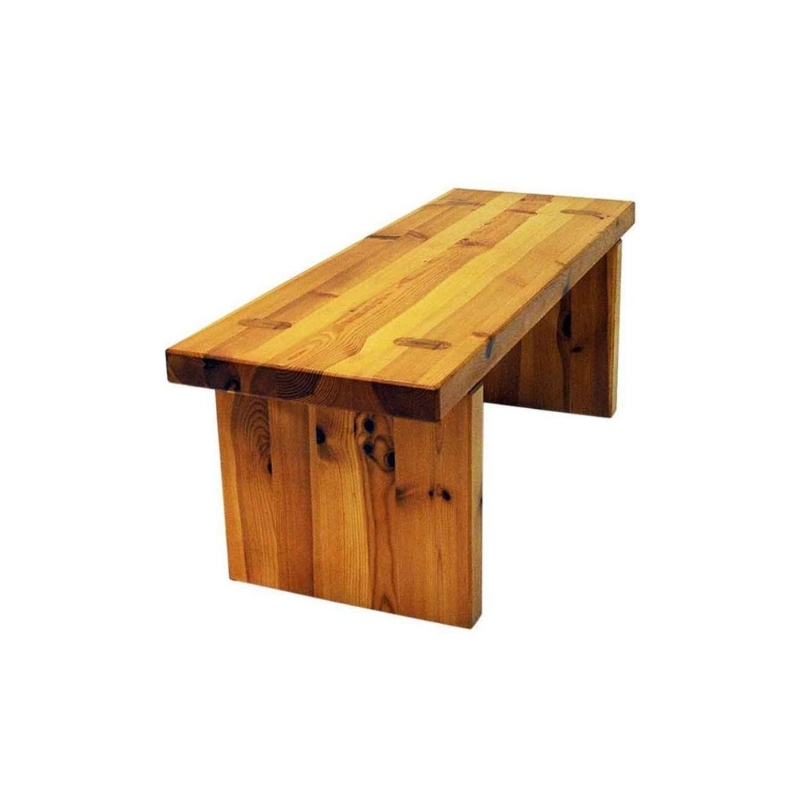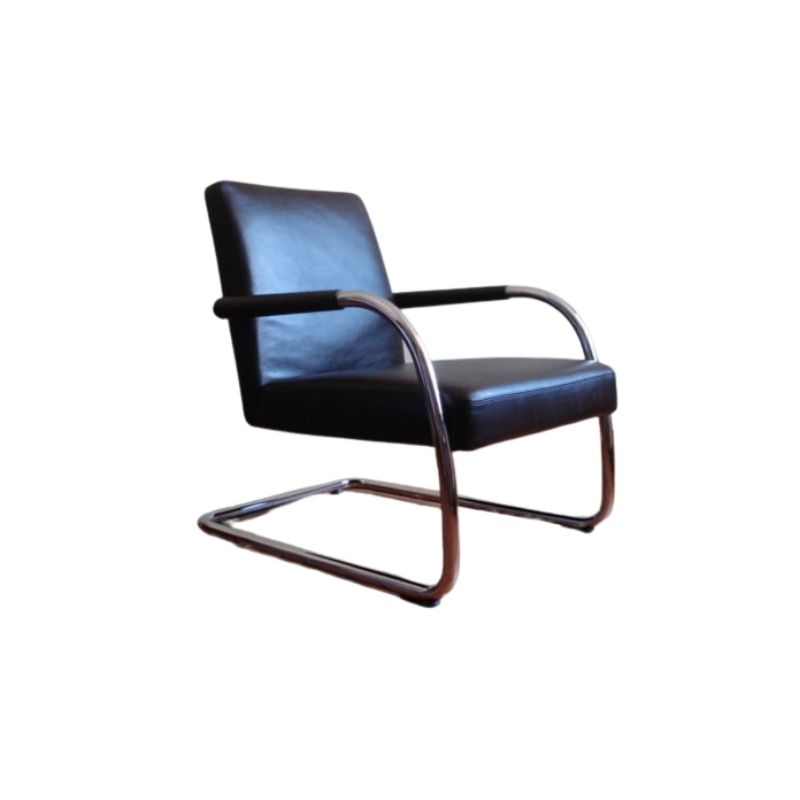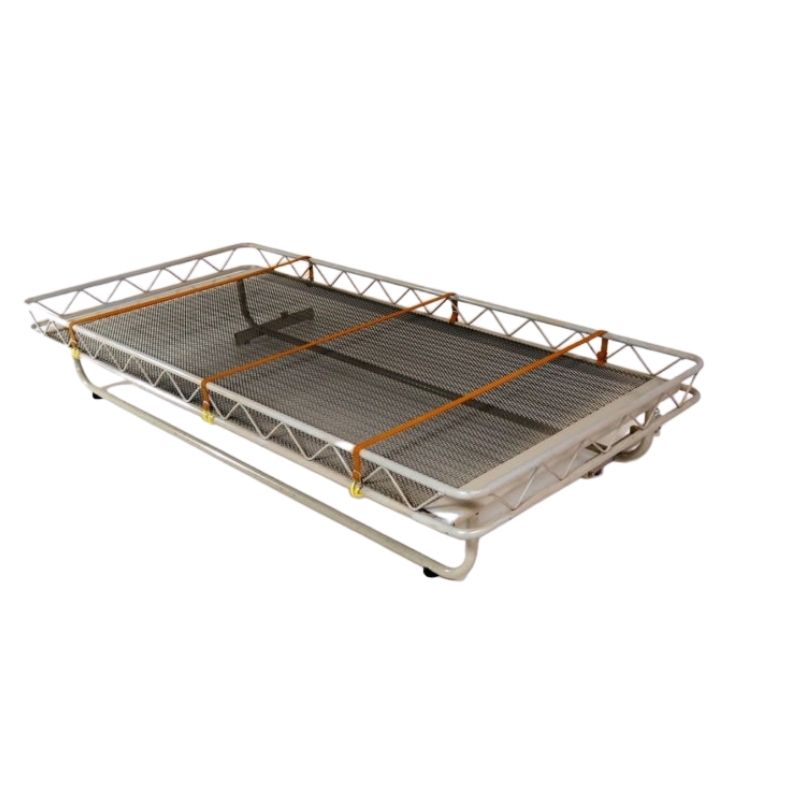Images added
Here is the sideboard itself, the back of the door and the edge of the door.
There are three doors, all have a bit of a twist in them but one is worse than the other.
My warehouse is quite large, it has concrete floors and no heating so therefore when temperatures drop ( Ireland ) then some pieces can suffer more than others and this one seems to not be enjoying the cold.
I guess that
third pic shows the twisted door edge-on ? It's an ambiguous image. But if the door is twisted, I submit that you (or some qualified cabinetmaker or restorer) will have to undertake the method I suggested above (slotting, filling, and re-veneering the back of the door). Might as well do all three while you're at it -- as you have the unfavorable situation of a flush and continuous band of doors. I'll send you a Guinness in the mail if one door is twisted in the opposite direction from another !
I wonder if that's a so-called lumber-core door -- one with solid-wood staves beneath a couple of layers of veneer. The edge shown raises that possibility. If so, the slots should run parallel to the grain direction of those core planks. The order of the lap of edgebanding, seen at a corner of the door, will suggest which is the correct direction. If there are two layers of veneer as a face, then you will be advised to run your slots parallel to the grain of the rear-face veneer -- which will have other advantages as well.
It may be the combination of temperature and humidity fluctuations which has resulted in your trouble.
Wood doesn't like water -- once its been made into furniture. The last shop I worked in was kept heated year-round (as necessary) to provide the raw materials with a constant environment. Not cheap -- but the owner felt it was worth it to minimize chance of trouble. Surely anyone warehousing finished goods should consider the same treatment . . .
Mark, are you better or worse at the driving range, when you're "relaxed" ?
Lots of whiskey
This is truly a problem that needs lots of whiskey to resolve.
The are unlikely solutions that probably won't work, but just might if you don't mind wasting a lot of time.
1. This is highly unlikely, but you can eliminate it as a possibility very quickly: can you adjust the depth of the hinge mounting sufficiently to average/mask the problem? I highly doubt it since the doors look flush to the piece, but sometimes photos mislead....
2. That door is not going to crack if you clamp it in the reverse twist, so there is no need to go slowly. You could clamp it in the reverse twist, and wait, possibly for months. It will probably snap right back, and you will have wasted months of waiting but you won't have damaged it either.
3. You might try selective drying to change the moisture content of the door. But I would be very careful with this especially considering the burl veneer. Burl is unpredictable and often very unstable. Over drying could cause it to crackle and curl. Drying will almost certainly have some effect, it just might not be what you want.
4. You could fashion a curved splint (cleat might also be the word) to attach to the rear of the doors that reverses the twist and straightens out the door.
5. Anything that adds moisture scares me silly. The wood has lots of headroom with moisture since it used to be very wet inside that tree. And especially on a finished piece where the absorption will be non-uniform. Or might get trapped under the finish. And there is the burl. Shudder. I'd be afraid to have a drink around that piece for fear of the burl.
6. You could go with SDR's suggestion. It will work. But I would be careful with humidity changes in the future. It would probably tame the doors permanently, but there is a chance that it might really bring out wild behavior in the substrate.
7. If you do go with SDR's suggestion, you might consider routing out the rear veneer and lumber core, and replacing it with high quality stable plywood or lumber core. SDR: what do you think about this? My thinking is that you would already be committed to going past the point of no return, archivally speaking, and maybe it makes sense to get rid of the known unstable substrate.
Personally, I'd go with 4 and make a splint. I could make a case to myself that I'd preserved the design's intent with as little harm as possible (two screw holes on the inside of the door) and if the door acts up again, the splint could be modified.
If you need any help, please contact us at – info@designaddict.com









